Future Trends in Robot Battery Tech: From High Energy Density to Smart Management
Future Trends in Robot Battery Tech: From High Energy Density to Smart Management
Battery technology is the lifeblood of modern robotics. As robots become more versatile and handle complex tasks, their power systems must evolve. This article dives into the emerging trends shaping the future of robot batteries and their industry-wide impact.
Current State of Robot Battery Technology
Existing Technologies
Li-ion, LiFePO₄, Lead-acid are the go-to solutions for most robots today.
Challenges
Energy Density: Limited ability to pack more energy.
Charging Speed: Slower charging reduces efficiency.
Durability: High load impacts reduce battery lifespan.
Emerging Technology Highlight: Semi-Solid-State Batteries
Higher Energy Density: Store more energy without extra weight.
Enhanced Safety: Ideal for airborne robots and portable electronics.
Battery Comparison Table for Robotics Applications
Battery Comparison Table for Robotics Applications
Characteristic | Li-ion | LiFePO₄ | Lead-acid | Semi-Solid-State |
Energy Density | High (150-250 Wh/kg) | Moderate (90-150 Wh/kg) | Low (30-50 Wh/kg) | High (200-400 Wh/kg) |
Power Density | High | High | Low | Moderate |
Cycle Life | 500-1,500 cycles | 2,000-5,000 cycles | 300-500 cycles | Moderate to Long (800-1,500 cycles) |
Safety | Moderate risk (thermal runaway) | Very safe (chemically stable) | Safe but requires ventilation | Safer than Li-ion (reduced thermal runaway) |
Weight | Lightweight | Slightly heavier than Li-ion | Heavy | Moderate |
Cost | High | Moderate | Low | High |
Temp. Performance | 0-45°C | -20 to 60°C | -10 to 40°C | -20 to 50°C |
Charging Time | 1-2 hours | 2-4 hours | 6-8 hours | Moderate |
Eco Impact | Moderate recycling | Environmentally friendly | Toxic, but recyclable | Environmentally friendly |
Summary:
● Li-ion: Lightweight, ideal for high-performance robots.
● LiFePO₄: Reliable and safe for rugged environments.
● Lead-acid: Best for cost-sensitive or stationary robots.
● Semi-Solid-State: Perfect for advanced robotics with higher budgets.
Key Future Trends in Robot Battery Technology
Solid-State Batteries
Features: Extreme energy density, unmatched safety.
Applications: Collaborative robots, mobile platforms.
Fast-Charging Technology
Features: 80% charge in 15 minutes.
Benefits: Minimizes downtime, maximizes efficiency.
Smart Battery Management Systems (BMS)
Features: Real-time monitoring, optimization.
Applications: Ideal for multi-tasking robots.
Sustainability & Recycling
Features: Circular economy focus, reduced carbon footprint.
Benefits: Greener robotics for a sustainable future.
Impacts on Specific Applications
Logistics Robots
Fast charging & durability streamline warehouse operations.
Medical Robots
Safer power systems enable precise and reliable surgeries.
Special-Purpose Robots
Solid-state batteries unlock performance in extreme conditions (e.g., space, underwater).
Conclusion
The future of robot batteries lies in higher energy density, faster charging, and smarter power management. These trends promise a leap forward in efficiency, safety, and adaptability, enabling robots to thrive in diverse industries. Grepow look forwards to collaborating with industry partners to shape this future together.
Related Articles:
Exploring the Power Behind Quadrupedal Robots: A Deep Dive into Robot Dog Batteries
What Batteries Are Used for AGVs and AMRs?
What Battery Is Used In Humanoid Robots?
How to Choose a Combat Robotics Battery?
AUV vs. UUV: What’s the Difference?
Related Articles
-
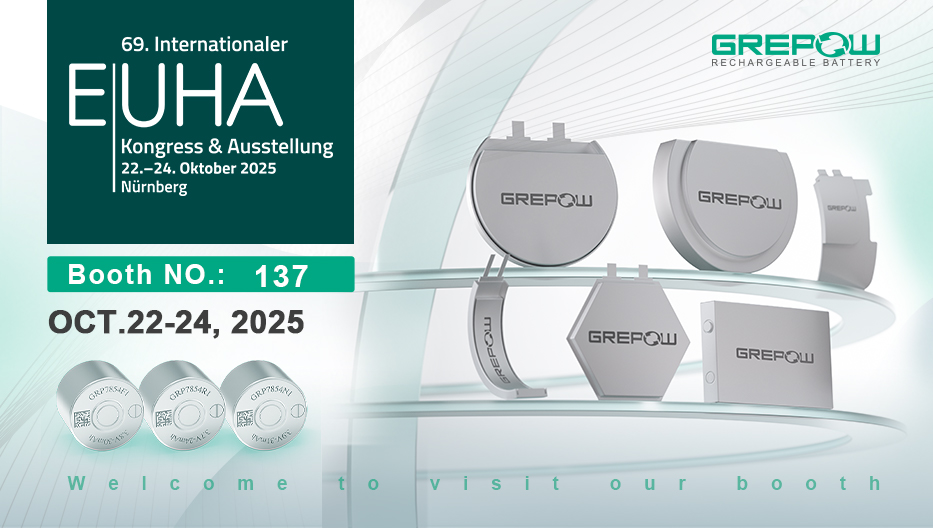
Join Grepow at EUHA 2025: Discover the Next Generation of Ultra-Thin Hearing Aid Batteries
2025-10-22 -
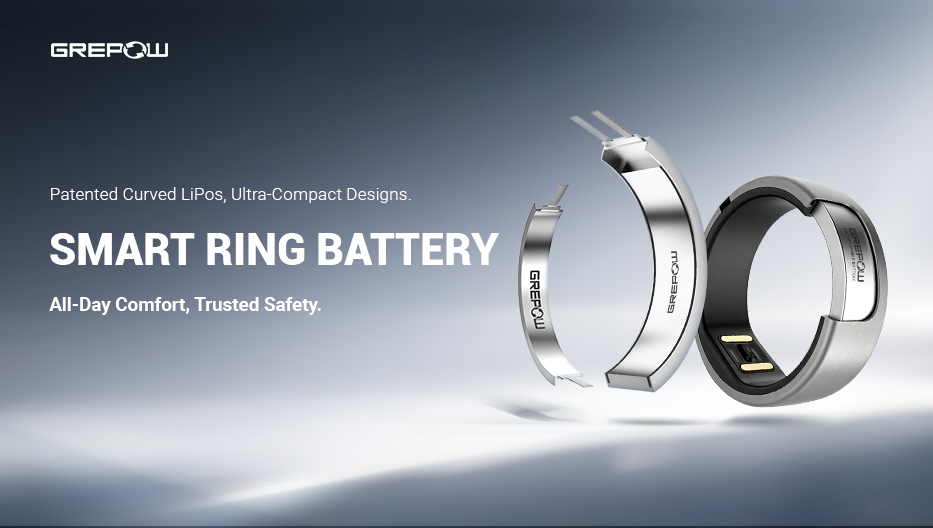
Powering the Future of Wearables: How Grepow's Patented Curved Battery is Revolutionizing the Smart Ring
2025-10-16 -
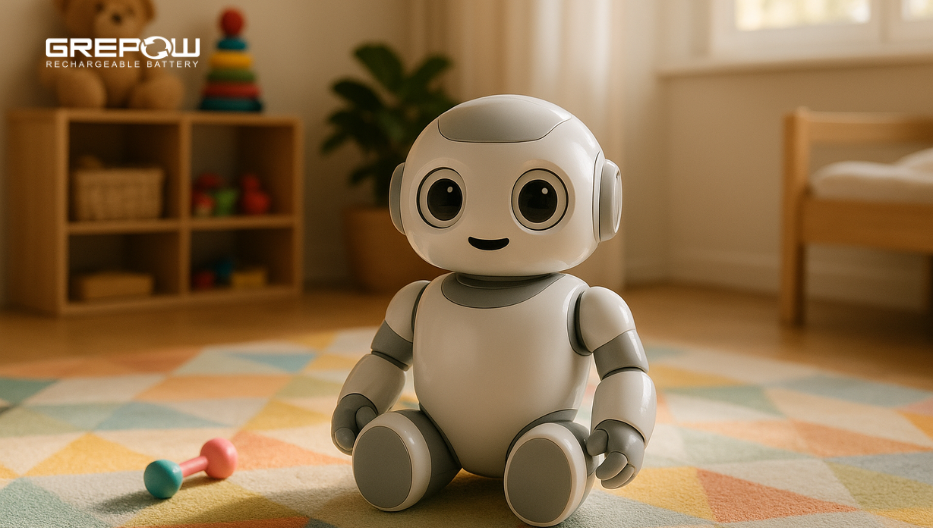
AI Toys Leap into Innovation: Why Battery Choice Matters
2025-09-26
Related products
-
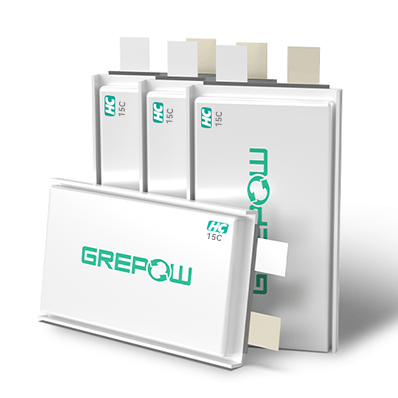
15C High Discharge LiPo Battery Cell
-
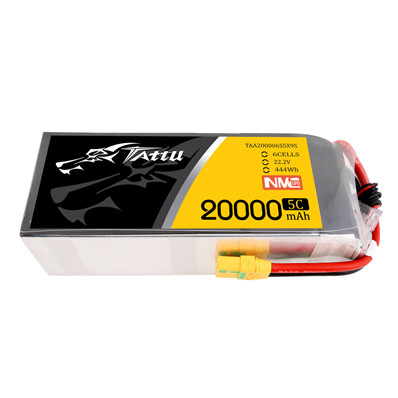
20000mAh 22.2V 6S Semi-Solid State Battery Pack
-
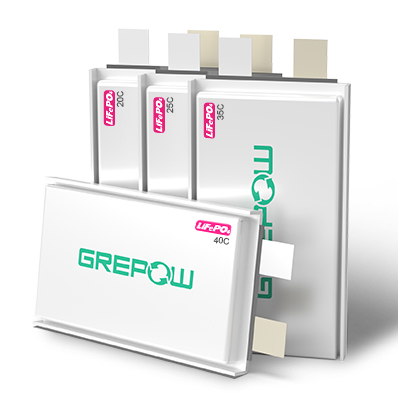
High C Rate LiFePO4 Battery
















































